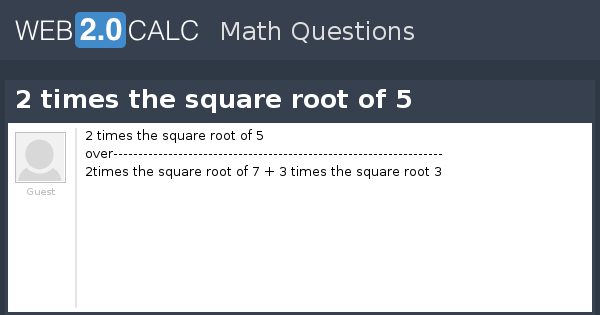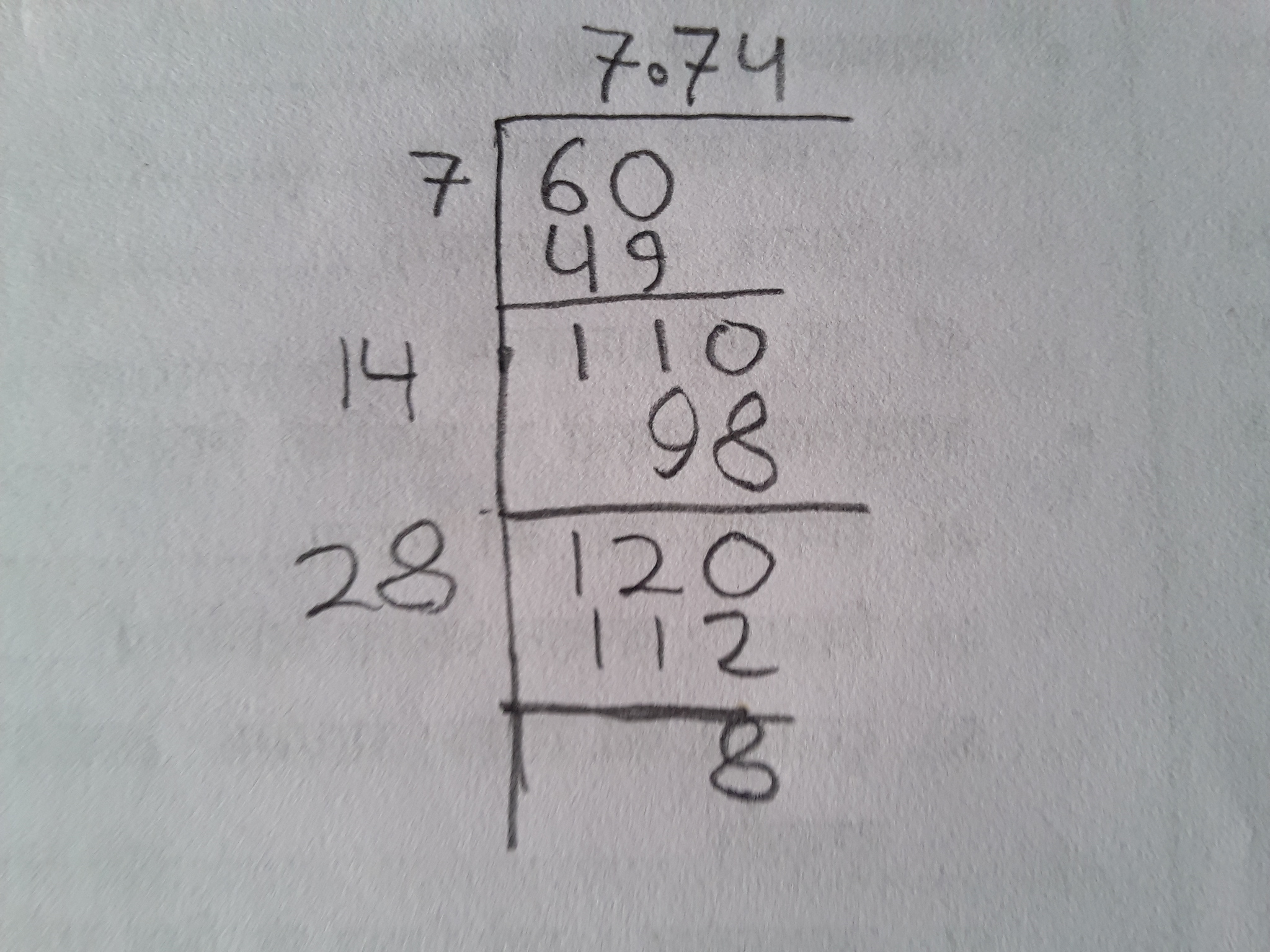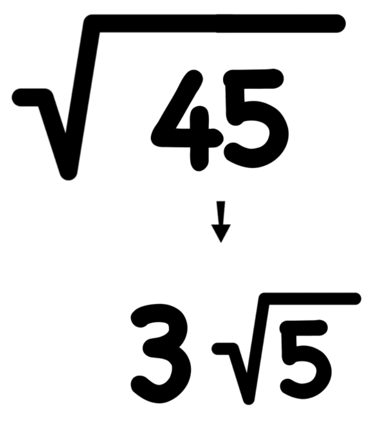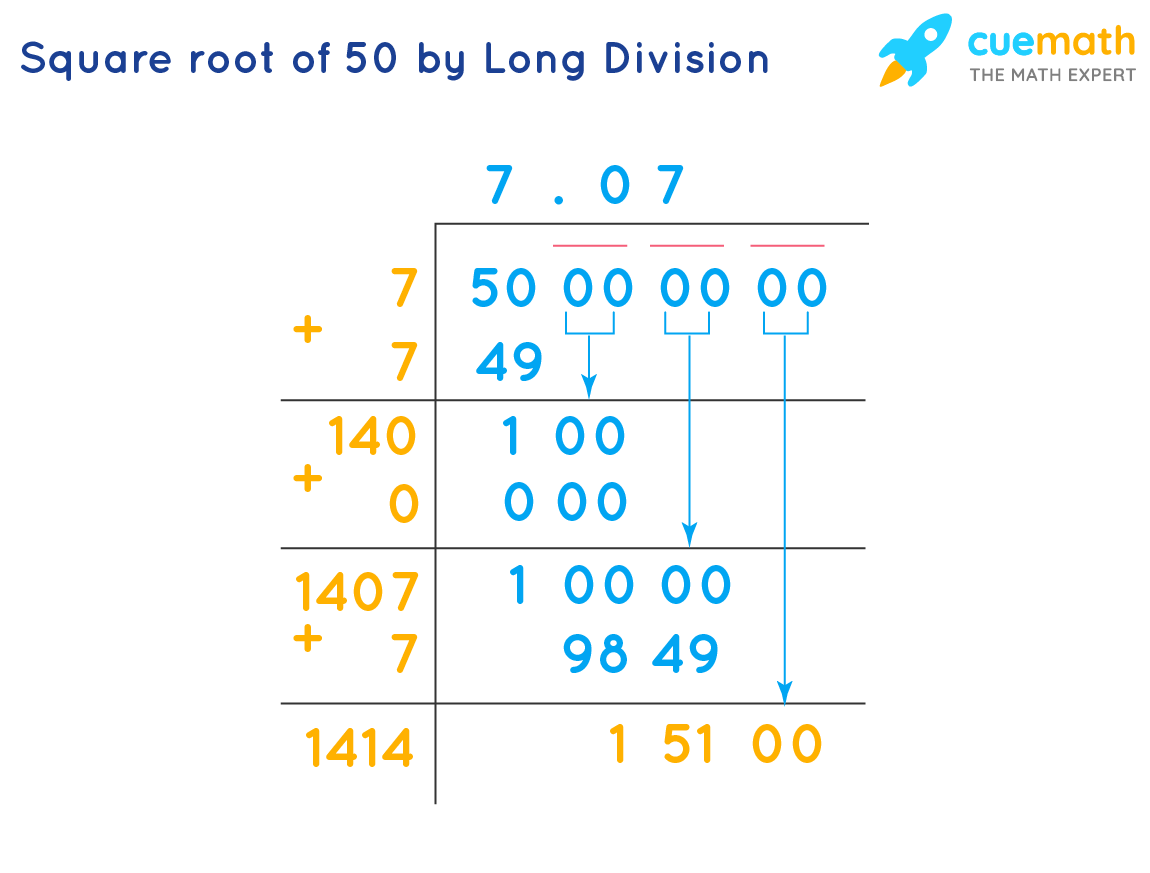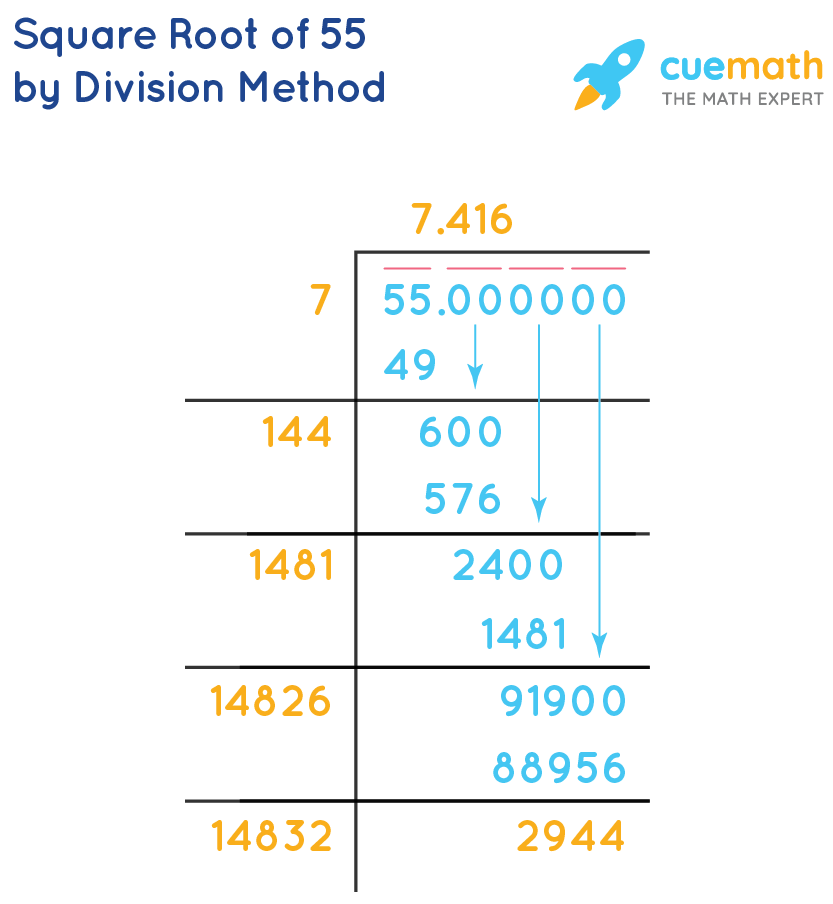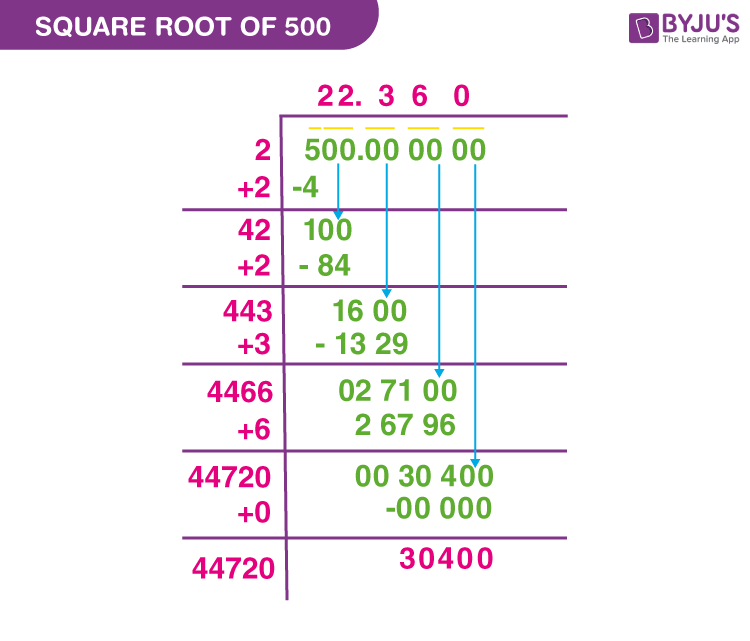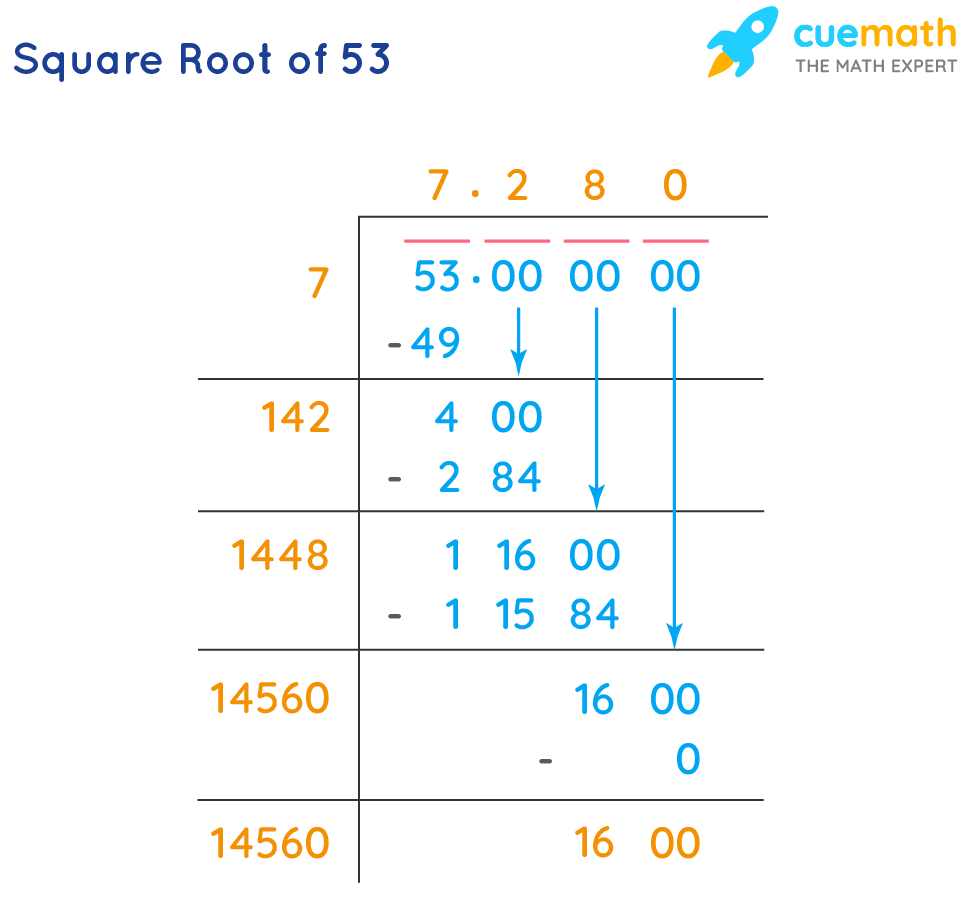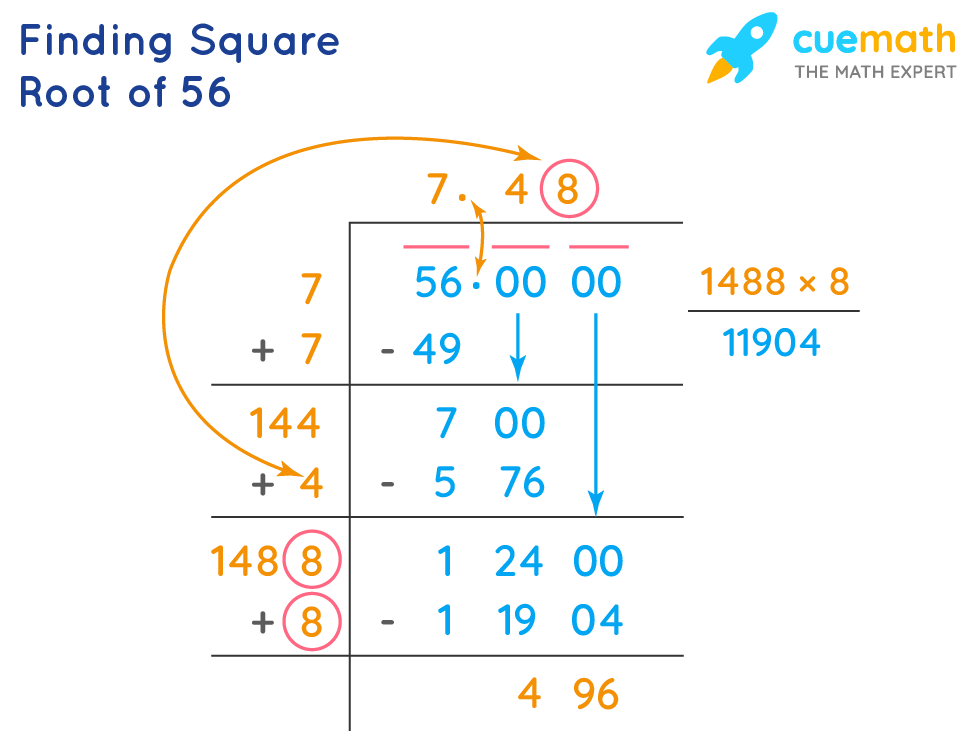Topic square root of negative 5: Exploring the square root of negative 5 delves into the realm of complex numbers, as negative numbers do not have real square roots. This article explains the mathematical principles behind finding the square root of negative numbers, introduces the concept of imaginary units, and provides practical examples to help readers grasp this intriguing aspect of mathematics.
Table of Content
- Understanding the Square Root of Negative 5
- Introduction
- Definition of Square Roots
- Square Roots of Negative Numbers
- Imaginary Numbers
- Calculating Square Roots
- Principal and Secondary Square Roots
- Applications of Imaginary Numbers
- Examples and Calculations
- Square Root Symbols and Notation
- Mathematical Methods for Finding Square Roots
- Historical Context
- Frequently Asked Questions
- YOUTUBE: Video hướng dẫn cách tìm căn bậc hai của một số âm, giải thích khái niệm số ảo và cách áp dụng trong các lĩnh vực khác nhau.
Understanding the Square Root of Negative 5
The square root of a negative number, such as -5, involves imaginary numbers. Imaginary numbers are defined by the property \(i = \sqrt{-1}\). Using this property, the square root of -5 can be expressed as:
\(\sqrt{-5} = \sqrt{5} \cdot \sqrt{-1} = \sqrt{5} \cdot i = i \sqrt{5}\)
Properties and Examples
Here are some important properties and examples to understand the square root of negative numbers:
- Imaginary Unit: The imaginary unit \(i\) is defined as \(i^2 = -1\). This means that \(i = \sqrt{-1}\).
- Complex Numbers: Any complex number can be written in the form \(a + bi\), where \(a\) and \(b\) are real numbers.
- Example Calculation: To calculate \(\sqrt{-4}\), we express it as \(2i\), because \(\sqrt{-4} = \sqrt{4} \cdot \sqrt{-1} = 2i\).
Detailed Explanation
Let's break down the steps to understand the square root of -5:
- Identify the negative number under the square root: -5.
- Separate the negative sign from the number: \(\sqrt{-5} = \sqrt{5 \cdot -1}\).
- Use the property of imaginary numbers: \(\sqrt{5 \cdot -1} = \sqrt{5} \cdot \sqrt{-1}\).
- Simplify using \(i\): \(\sqrt{5} \cdot \sqrt{-1} = \sqrt{5} \cdot i = i \sqrt{5}\).
Graphical Representation
In the complex plane, the number \(i \sqrt{5}\) can be represented as a point on the imaginary axis at a distance of \(\sqrt{5}\) from the origin. This helps in visualizing complex numbers and their square roots.
Applications in Algebra
Understanding the square roots of negative numbers is crucial in solving quadratic equations with negative discriminants. For example, the solutions to the equation \(x^2 + 5 = 0\) involve the square root of -5:
\(x = \pm i \sqrt{5}\)
Conclusion
The square root of -5, like any other negative number, introduces the concept of imaginary numbers. These are essential in advanced mathematics, especially in fields dealing with complex numbers.
| Expression | Result |
|---|---|
| \(\sqrt{-1}\) | i |
| \(\sqrt{-4}\) | 2i |
| \(\sqrt{-5}\) | i \sqrt{5} |
By understanding these principles, we can better grasp the nature of complex numbers and their applications in various mathematical contexts.

READ MORE:
Introduction
The concept of finding the square root of a negative number, such as the square root of -5, is intriguing and essential in various fields of mathematics and engineering. This involves the use of imaginary numbers, since the square root of any negative number is not a real number. Instead, it can be expressed in terms of 'i', where \( i = \sqrt{-1} \).
For instance, the square root of -5 is represented as \( \sqrt{-5} = \sqrt{5} \cdot \sqrt{-1} = \sqrt{5}i \). This result is crucial in complex number calculations and has practical applications in electrical engineering, quantum physics, and signal processing.
Understanding how to work with these concepts involves breaking down the properties of square roots and imaginary numbers step by step. Below, we will explore how to simplify such expressions and apply these principles in various mathematical operations.
Definition of Square Roots
Square roots are fundamental concepts in mathematics. The square root of a number \( x \) is a number \( y \) such that \( y^2 = x \). This means that when \( y \) is multiplied by itself, the result is \( x \).
For example:
- \(\sqrt{4} = 2\) because \(2^2 = 4\)
- \(\sqrt{9} = 3\) because \(3^2 = 9\)
When it comes to negative numbers, the concept extends into the realm of complex numbers. The square root of a negative number involves the imaginary unit \( i \), where \( i \) is defined as \(\sqrt{-1}\). For instance:
- \(\sqrt{-1} = i\)
- \(\sqrt{-4} = 2i\) because \((2i)^2 = 4i^2 = 4(-1) = -4\)
- \(\sqrt{-5} = \sqrt{5} \cdot i \)
The principal square root refers to the non-negative square root of a non-negative number. For any positive number \( x \), the principal square root is denoted as \(\sqrt{x}\), while the general square roots are given by \(\pm\sqrt{x}\).
For non-negative numbers, the square root can also be represented using exponent notation, such as \( x^{1/2} \).
Here is a brief table to illustrate square roots of positive numbers:
| Number | Square Root |
|---|---|
| 4 | 2 |
| 9 | 3 |
| 16 | 4 |
| 25 | 5 |
Understanding square roots is essential in algebra and higher mathematics, as they frequently appear in equations and functions.
Square Roots of Negative Numbers
When dealing with square roots of negative numbers, such as the square root of negative 5 (\(\sqrt{-5}\)), we enter the realm of imaginary numbers. The square root of a negative number is expressed using the imaginary unit \(i\), where \(i^2 = -1\).
To find \(\sqrt{-5}\), we recognize it as \(\sqrt{5}i\), because \(\sqrt{-5} = \sqrt{5} \cdot \sqrt{-1} = \sqrt{5}i\).
Here's how it works:
- Identify the negative number inside the square root.
- Separate the negative sign and the number under the square root.
- Take the square root of the number under the square root.
- Multiply the square root of the number by the imaginary number, "i".
For instance, \(\sqrt{-9}\) would be \(\sqrt{9} \cdot \sqrt{-1} = 3i\).
This method allows us to handle square roots of negative numbers effectively in complex number arithmetic.
Imaginary Numbers
Imaginary numbers are an extension of the real number system that introduces the imaginary unit \( i \), defined as \( i^2 = -1 \). They are essential in mathematics, especially when dealing with square roots of negative numbers.
Key points about imaginary numbers:
- They are written in the form \( bi \), where \( b \) is a real number and \( i \) is the imaginary unit.
- They are used to represent the square roots of negative numbers, such as \( \sqrt{-1} = i \) and \( \sqrt{-5} = \sqrt{5}i \).
- Imaginary numbers are plotted on the complex plane, where the horizontal axis represents real numbers and the vertical axis represents imaginary numbers.
Operations with imaginary numbers involve adding, subtracting, multiplying, and dividing them just like real numbers, but keeping track of the imaginary unit \( i \).
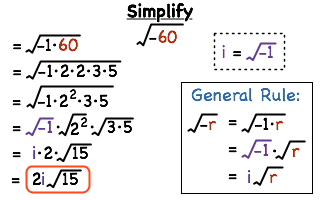
Calculating Square Roots
Calculating square roots involves finding a number which, when multiplied by itself, gives a specified number. Here's how you can calculate square roots, including those of negative numbers:
- Understand the concept: A square root of a number \( x \) is a number \( y \) such that \( y \times y = x \).
- For positive numbers:
- Use a calculator or software to compute the square root.
- Estimate the square root by finding two perfect squares it lies between.
- For negative numbers:
- Recognize that square roots of negative numbers are imaginary.
- Express the square root of a negative number as \( \sqrt{-x} = \sqrt{x} \cdot i \), where \( i \) is the imaginary unit.
- Use of mathematical tools:
- Mathematical software such as Mathematica, MATLAB, or Python can compute square roots of negative numbers.
- Graphical calculators and online tools are also useful for quick calculations.
Understanding these methods will help in accurately calculating square roots, whether dealing with positive or negative numbers.
Principal and Secondary Square Roots
When dealing with square roots, particularly in the context of complex numbers, there are concepts of principal and secondary square roots:
- Principal Square Root: The principal square root of a non-negative real number \( x \), denoted as \( \sqrt{x} \), is the non-negative number whose square equals \( x \).
- Secondary Square Root: For any non-negative real number \( x \), there is also a secondary square root, denoted as \( -\sqrt{x} \), which is the negative of the principal square root.
- Square Roots of Negative Numbers:
- For negative numbers, such as \( \sqrt{-5} \), the principal square root is \( \sqrt{5}i \).
- The secondary square root would be \( -\sqrt{5}i \).
- Both square roots satisfy the equation \( z^2 = -5 \).
- Use in Mathematics:
- Principal square roots are commonly used in calculations and representations.
- Secondary square roots are equally valid solutions but are less often used in standard representations.
Understanding the distinction between principal and secondary square roots is crucial for interpreting solutions in mathematical contexts.
Applications of Imaginary Numbers
Imaginary numbers have several practical applications across various fields of science and mathematics:
- Electrical Engineering: Imaginary numbers are used in AC circuit analysis, where they represent phase shifts and impedance.
- Quantum Mechanics: Wavefunctions in quantum mechanics are often described using complex numbers, where imaginary components relate to probabilities and states.
- Signal Processing: Fourier transforms utilize complex numbers, including imaginary components, to analyze and manipulate signals in frequency domains.
- Control Theory: Imaginary numbers play a role in stability analysis and designing control systems.
- Mathematical Modeling: Imaginary numbers extend the concept of numbers to include solutions to equations that involve negative roots.
Understanding and leveraging imaginary numbers are essential for advanced studies and applications in these fields.
Examples and Calculations
Let's explore some examples and calculations involving the square root of negative 5 (\(\sqrt{-5}\)):
- Example 1: Calculate \( \sqrt{-5} \).
- Example 2: Verify \( (\sqrt{5}i)^2 = -5 \).
| Step 1: | Recognize \( \sqrt{-5} \) as \( \sqrt{5} \cdot i \). |
| Step 2: | Thus, \( \sqrt{-5} = \sqrt{5}i \). |
| Step 1: | Calculate \( (\sqrt{5}i)^2 = (\sqrt{5})^2 \cdot i^2 \). |
| Step 2: | Since \( i^2 = -1 \), then \( (\sqrt{5}i)^2 = 5 \cdot (-1) = -5 \). |
These examples illustrate how imaginary numbers are used to represent square roots of negative numbers and verify their properties through calculations.

Square Root Symbols and Notation
The square root symbol, often denoted as \( \sqrt{x} \), is used to represent the non-negative square root of a number \( x \). When dealing with negative numbers, including \( \sqrt{-5} \), we use the concept of imaginary numbers:
- Basic Notation: \( \sqrt{x} \) represents the principal (non-negative) square root of \( x \).
- Imaginary Numbers: For negative numbers like \( \sqrt{-5} \):
- It is represented as \( \sqrt{-5} = \sqrt{5}i \), where \( i \) is the imaginary unit.
- Complex Notation: Complex numbers involving square roots of negative numbers are written as \( a + bi \), where \( a \) and \( b \) are real numbers, and \( i \) is the imaginary unit.
- Mathematical Representation: In equations, square roots of negative numbers are manipulated using properties of imaginary numbers and complex arithmetic.
Understanding these symbols and notations is essential for correctly interpreting and solving equations involving square roots of both positive and negative numbers.
Mathematical Methods for Finding Square Roots
There are several mathematical methods for finding square roots, whether dealing with positive or negative numbers like \( \sqrt{-5} \):
- Estimation Method: Approximate the square root using known perfect squares around the number.
- Factorization Method: Factor the number into prime factors and simplify to find the square root.
- Newton's Method: Use iterative calculations to approach the square root.
- Using Imaginary Numbers: For negative numbers, express the square root as \( \sqrt{-5} = \sqrt{5}i \), utilizing imaginary numbers.
- Mathematical Software: Utilize tools like Mathematica, MATLAB, or Python to compute square roots of negative numbers accurately.
These methods offer various approaches to calculate square roots efficiently, depending on the context and requirements of the problem.
Historical Context
The concept of square roots of negative numbers, such as \( \sqrt{-5} \), has a significant historical context:
- Early Mathematics: Historically, mathematicians encountered challenges with negative roots due to their non-existence in the realm of real numbers.
- Development of Imaginary Numbers: In the 16th century, mathematicians like Rafael Bombelli began exploring imaginary numbers to solve cubic equations, leading to the formalization of \( i \) as the imaginary unit.
- Contributions of Euler: Leonhard Euler's work in the 18th century further developed the theory of complex numbers, where imaginary numbers were integral in solving polynomial equations.
- Modern Applications: Today, imaginary numbers and their extensions into complex numbers are foundational in various fields of science and mathematics, including quantum mechanics, electrical engineering, and signal processing.
The historical journey of understanding and accepting imaginary numbers has paved the way for their widespread use in modern mathematics and applications.
Frequently Asked Questions
- What is the square root of negative 5 (\(\sqrt{-5}\})?
The square root of negative 5 is expressed as \( \sqrt{-5} = \sqrt{5}i \), where \( i \) is the imaginary unit.
- Why does the square root of a negative number involve imaginary numbers?
Real numbers do not have square roots that are negative. Imaginary numbers, introduced with the imaginary unit \( i \), extend the number system to include solutions for equations involving negative roots.
- How are imaginary numbers used in real-life applications?
Imaginary numbers are essential in fields like electrical engineering (AC circuit analysis), quantum mechanics (wavefunctions), and signal processing (Fourier transforms), where they help model and solve complex problems involving phase, probability, and frequency.
- What are the properties of imaginary numbers?
Imaginary numbers are multiples of the imaginary unit \( i \), where \( i^2 = -1 \). They can be added, subtracted, multiplied, and divided like real numbers but with \( i \) included in calculations.
- Can imaginary numbers be plotted on a graph?
Yes, imaginary numbers are plotted on the complex plane, where the horizontal axis represents real numbers and the vertical axis represents imaginary numbers.

Video hướng dẫn cách tìm căn bậc hai của một số âm, giải thích khái niệm số ảo và cách áp dụng trong các lĩnh vực khác nhau.
Cách Tìm Căn Bậc Hai Của Một Số Âm
READ MORE:
Video hướng dẫn cách tìm căn bậc hai của các số âm như -1, -5, -49 và -81, giúp bạn hiểu rõ hơn về số ảo và cách tính toán chúng.
Cách tìm căn bậc hai của số âm như -1, -5, -49 và -81
